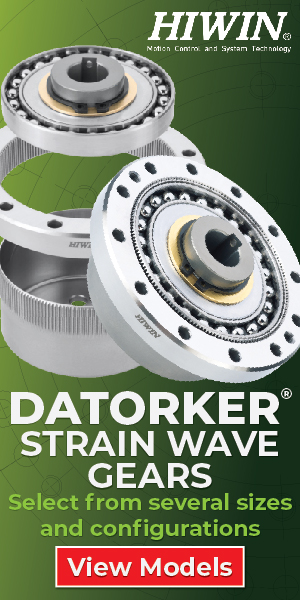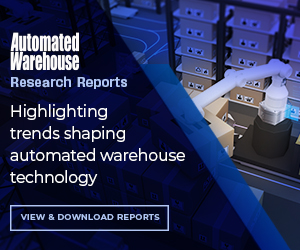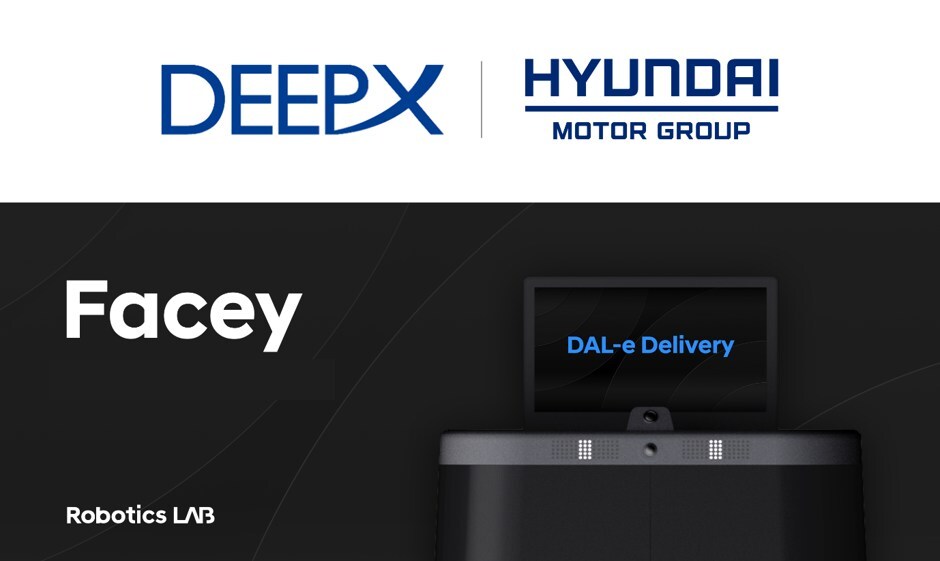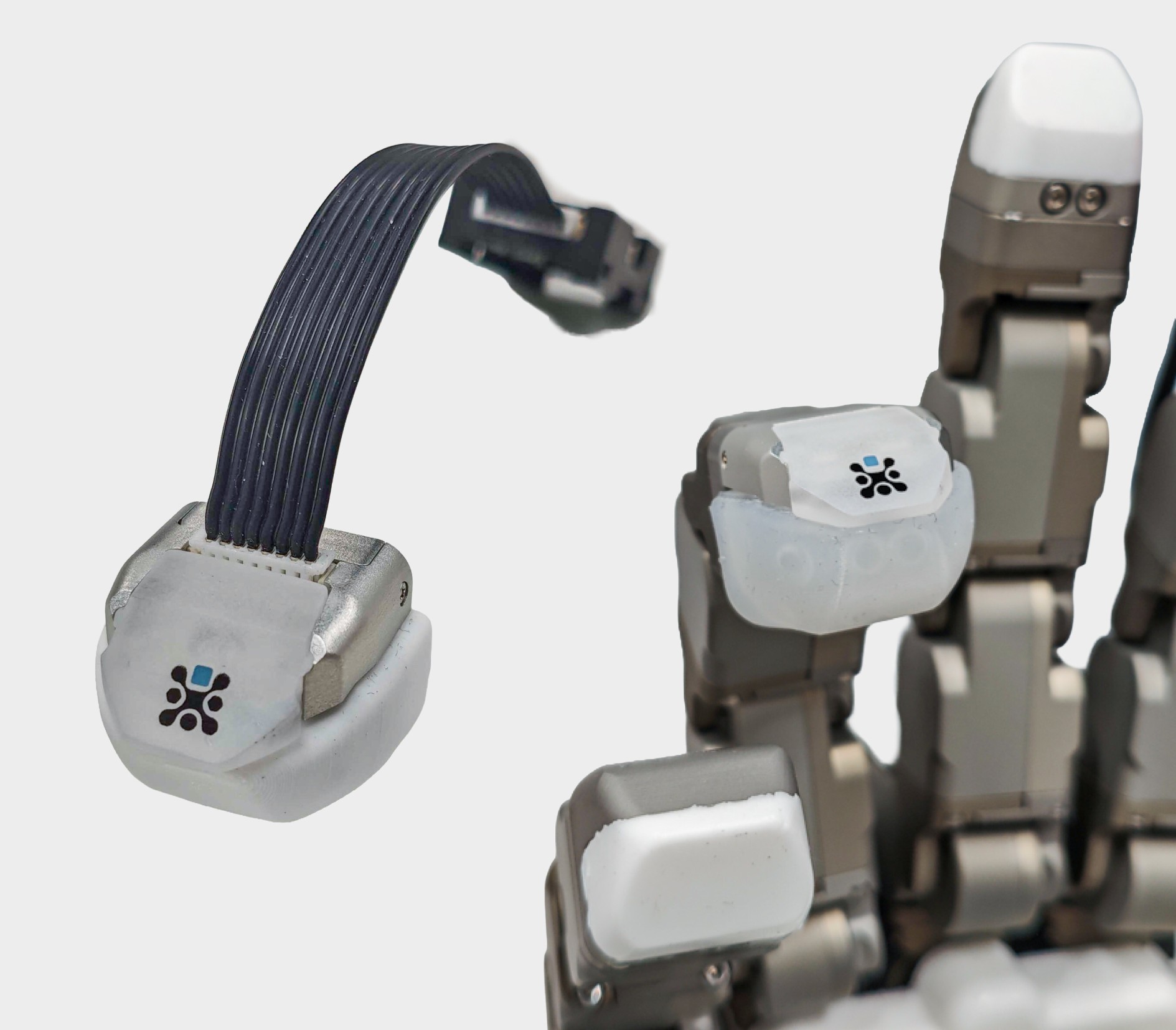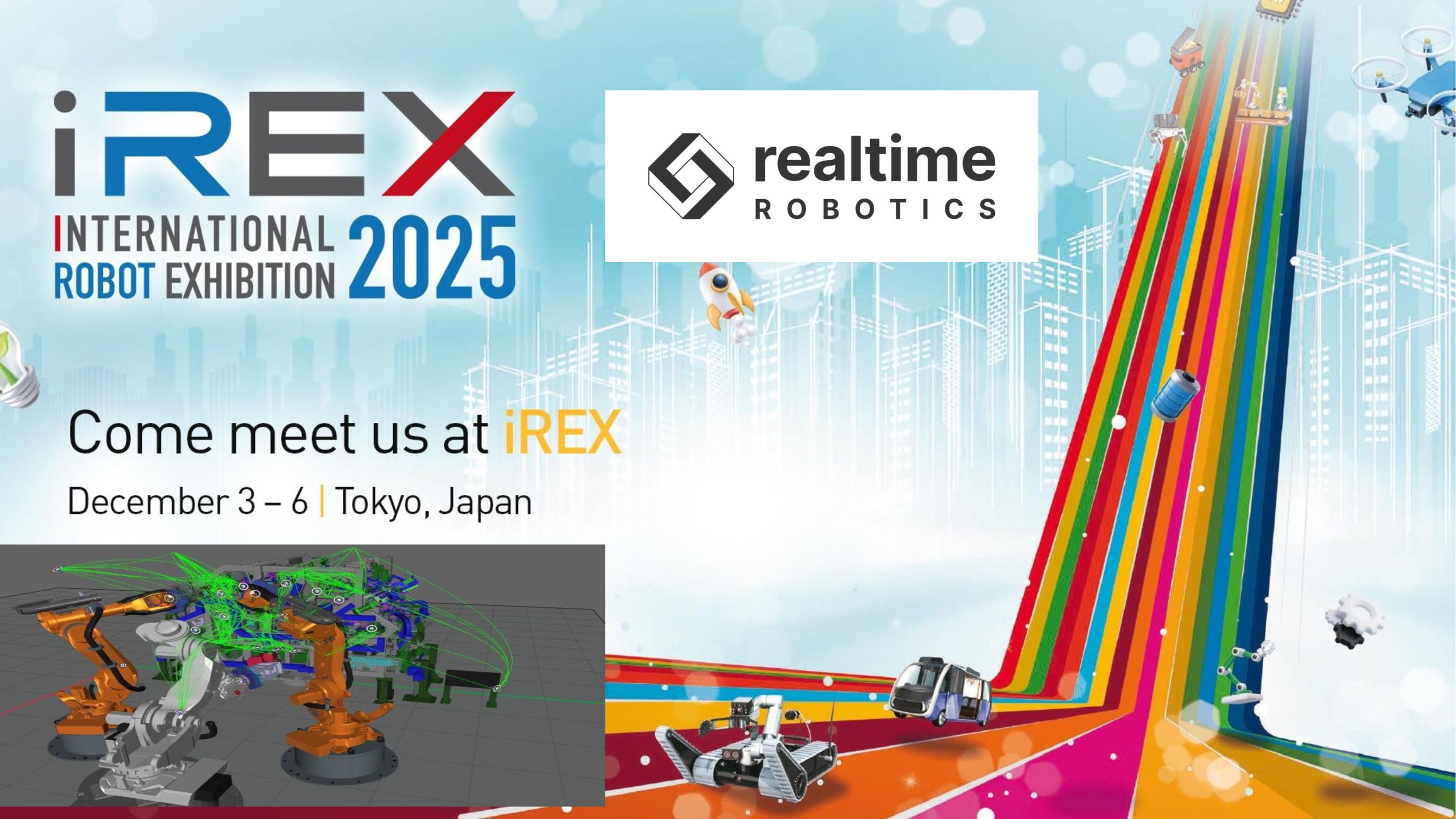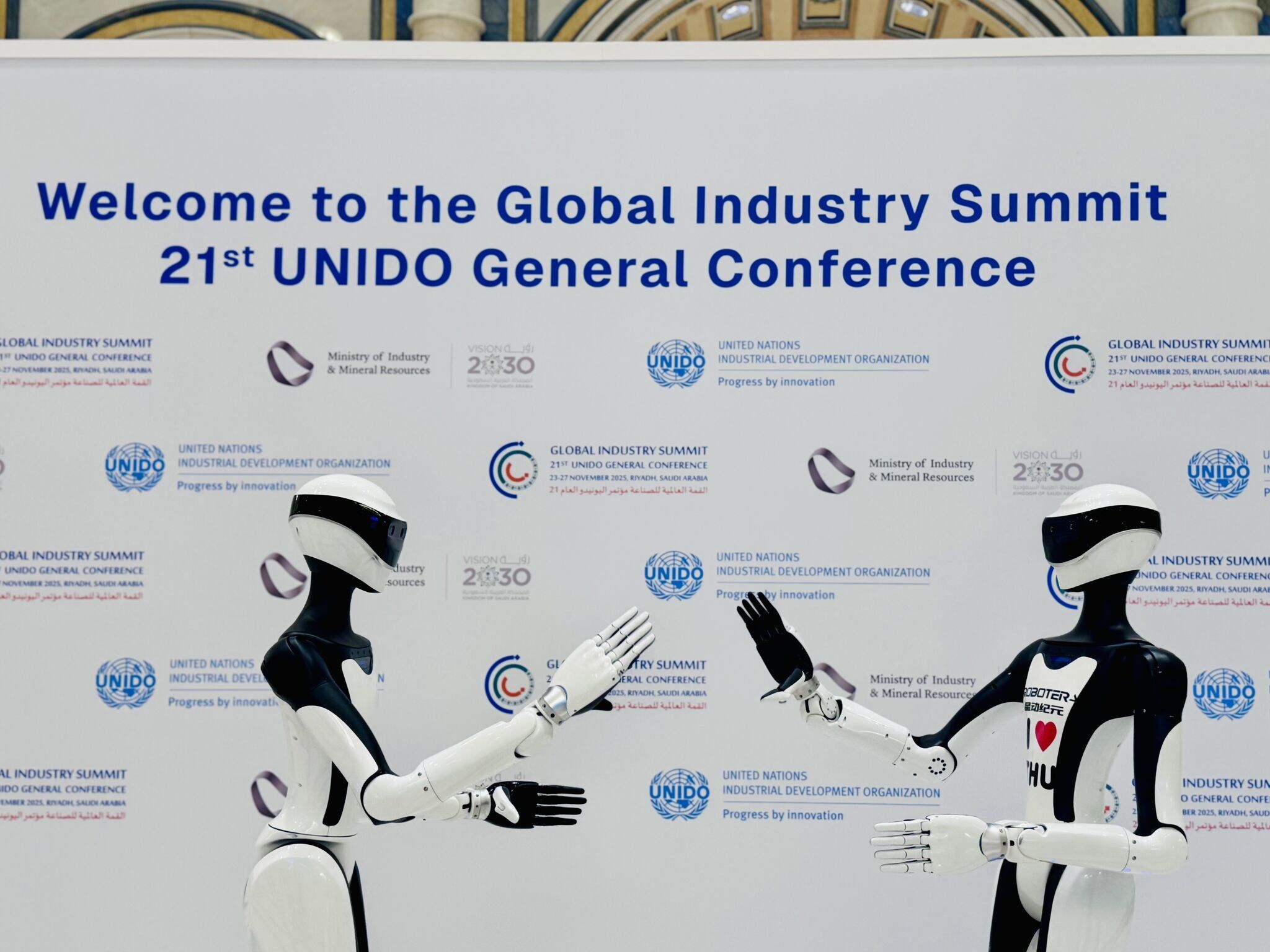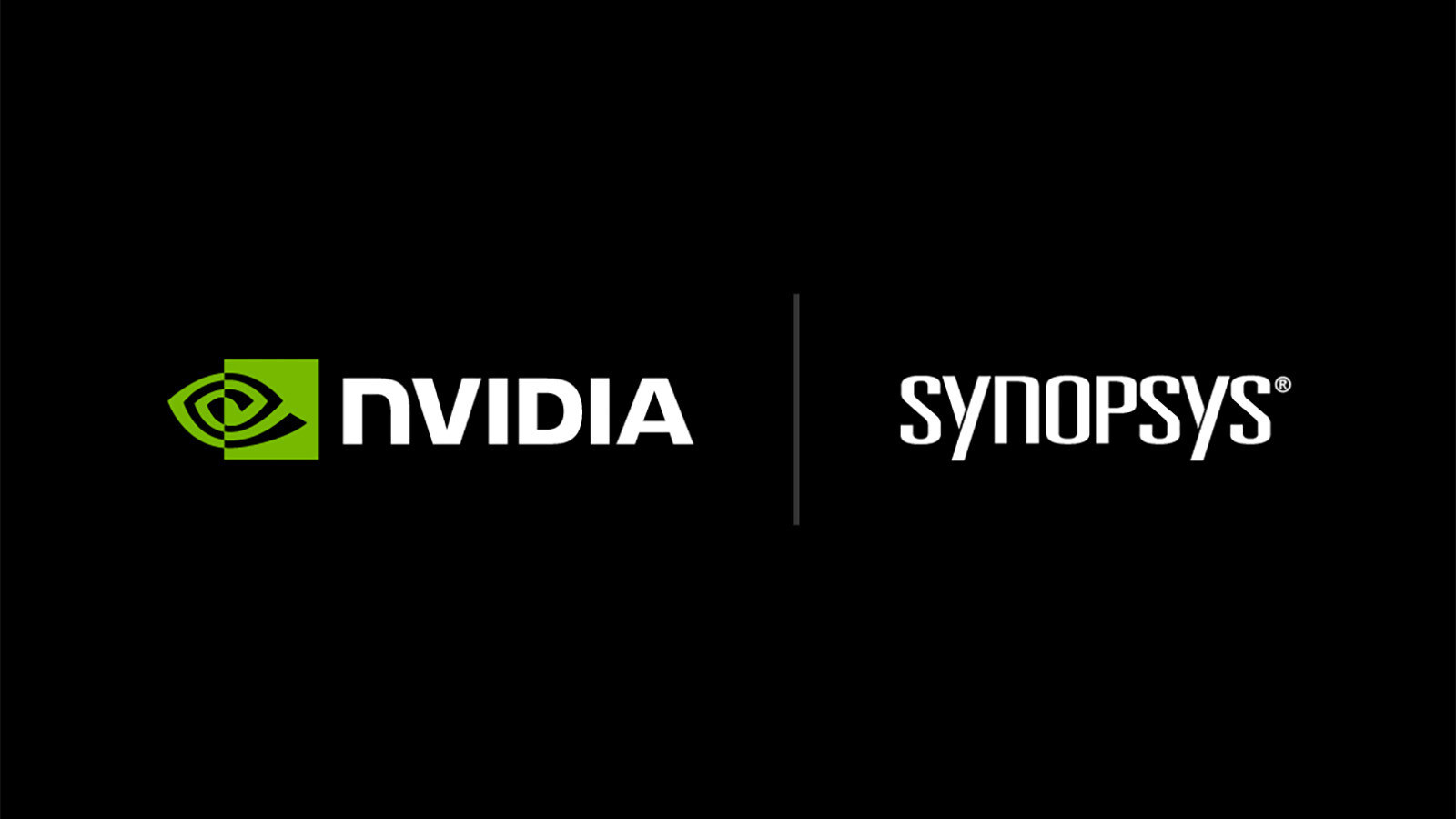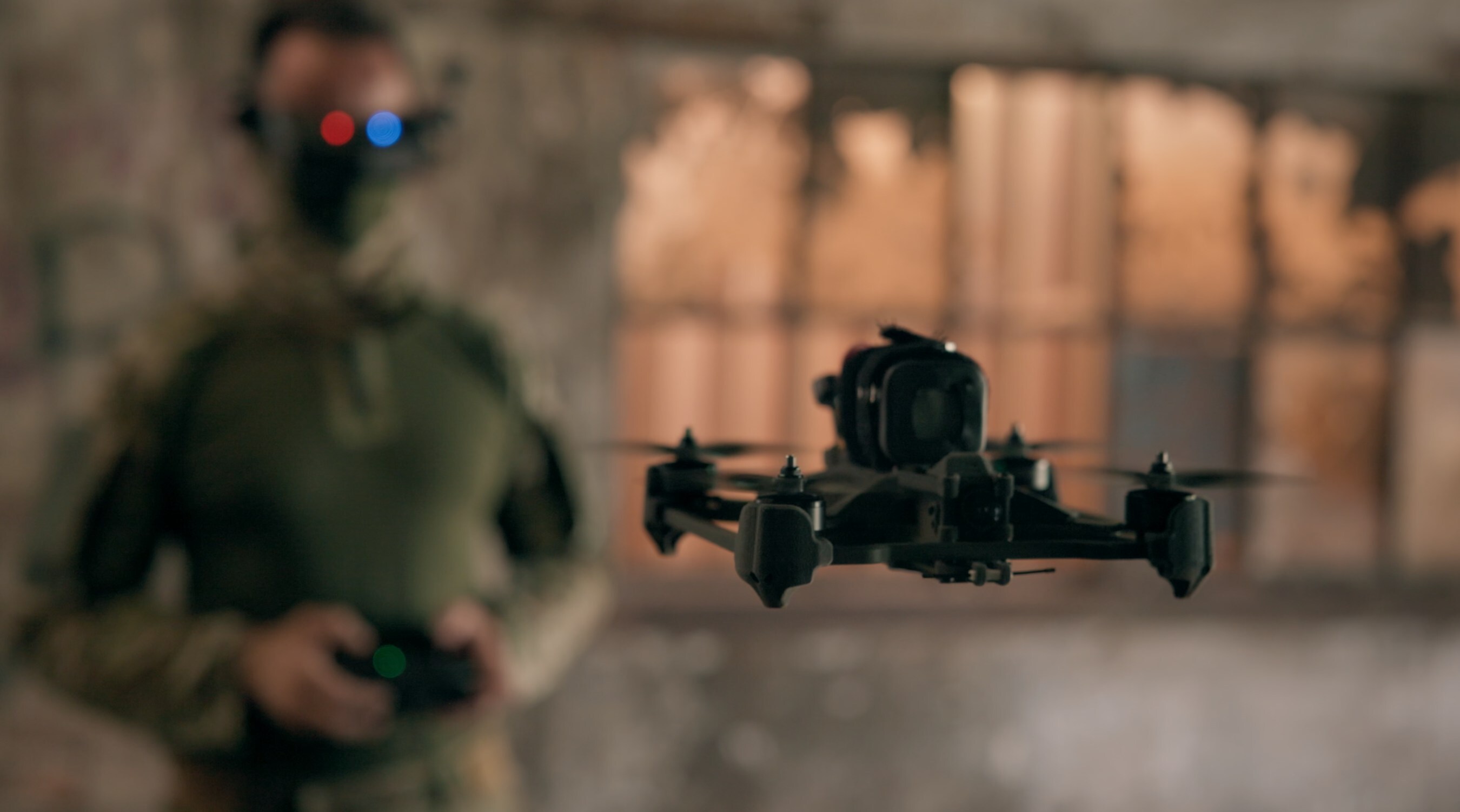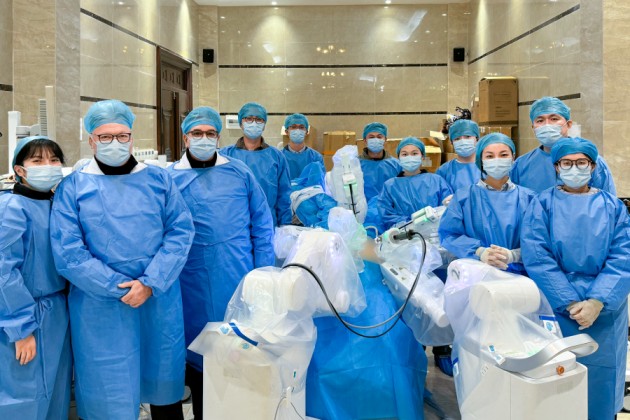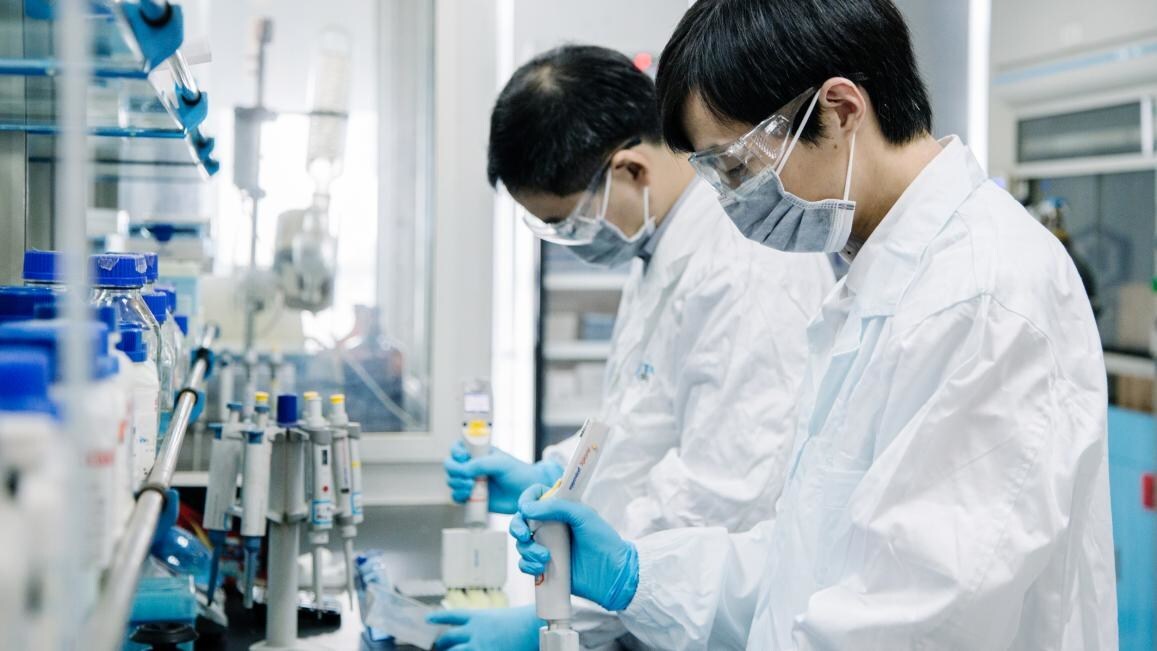NVIDIA’s GR00T N1 Redefines AI Training for Humanoids Through Open-Source Power
02 April 2025 | News | By editor@rbnpress.com
TrendForce’s PK Tseng breaks down how NVIDIA’s GR00T N1 is reshaping the future of robotics with customizable AI, simulation-driven learning, and strategic collaborations.
In an exclusive conversation with Robotics Business NEWS, TrendForce analyst PK Tseng delves into the transformative potential of NVIDIA’s Isaac GR00T N1. From democratizing access to advanced AI models to leveraging simulation platforms like Omniverse, Tseng explains how this open-source framework is not only accelerating humanoid robot development but also reinforcing NVIDIA’s strategic edge in a rapidly evolving market.
What key advantages does the open-source nature of Isaac GR00T N1 provide for AI training in humanoid robotics?
Isaac GR00T N1's open-source framework democratizes access to advanced AI models, enabling developers and researchers to customize and enhance the model for specific applications. This openness fosters a collaborative ecosystem, accelerating innovation and reducing development costs in humanoid robotics. By providing access to extensive training data and evaluation scenarios on platforms like Hugging Face and GitHub, NVIDIA empowers the community to refine and expand the model's capabilities.
How does NVIDIA’s approach with GR00T N1 differ from other companies developing humanoid robot AI?
Unlike some competitors who may develop proprietary models, NVIDIA's introduction of GR00T N1 as an open, fully customizable foundation model sets it apart. This strategy emphasizes adaptability and learning, allowing for rapid deployment across various robotic platforms. Therefore, compared to the goal of the robot developer development model to gain a competitive advantage, NVIDIA is more focused on accelerating the progress of the robotics industry.
Can you elaborate on how the model optimizes AI training for humanoid robots and what breakthroughs it enables?
GR00T N1 employs a dual-system architecture, just like Helix model of Figure AI, inspired by human cognition: "System 1" for fast, intuitive actions and "System 2" for deliberate, reasoned decision-making. This design allows humanoid robots to perform a range of tasks, from simple object manipulation to complex, multi-step operations requiring contextual understanding. Training on a combination of human demonstration data and synthetic data generated via the NVIDIA Omniverse platform enhances the model's generalization across tasks, marking a significant advancement in robotic capabilities.
What role does simulation play in NVIDIA’s Isaac GR00T N1 framework, and how does it accelerate robot learning?
Simulation is integral to NVIDIA's Isaac GR00T N1 framework. The NVIDIA Isaac GR00T Blueprint leverages platforms like Omniverse and NVIDIA Cosmos to generate vast amounts of synthetic motion data from limited human demonstrations. This approach accelerates the training process, enabling robots to learn and adapt to various tasks and environments efficiently. By reducing reliance on extensive real-world data collection, simulation streamlines development and enhances the scalability of robotic solutions.
Are there specific industry sectors or real-world applications where NVIDIA expects GR00T N1 to have the most impact?
GR00T N1 is designed for general-purpose robots, so in theory, it can be adjusted according to user needs and is suitable for various industries. Further, the model's ability to generalize across tasks like grasping, object transfer, and complex multi-step operations makes it well-suited for industries facing labor shortages and seeking automation solutions. By providing a foundation for adaptable and capable humanoid robots, GR00T N1 addresses critical needs in these domains.
How does this launch position NVIDIA in the rapidly evolving humanoid robotics market, and what competitive advantages does it offer?
With the launch of GR00T N1, NVIDIA positions itself at the forefront of the rapidly evolving humanoid robotics market. By offering an open, customizable foundation model, NVIDIA not only showcases its technological leadership but also fosters an ecosystem of collaboration and innovation. Furthermore, although GR00T N1 is open source, it must use NVIDIA's hardware to maximize its benefits, thus further strengthening its business model and strategy of binding software and hardware.
Is NVIDIA collaborating with robotics manufacturers or AI research institutions to implement GR00T N1 in physical humanoid robots?
NVIDIA actively collaborates with leading robotics manufacturers and AI research institutions to implement GR00T N1 in physical humanoid robots. Early adopters include Agility Robotics, Boston Dynamics, Mentee Robotics, and NEURA Robotics. Additionally, partnerships with organizations like Disney Research and Google DeepMind focus on developing advanced tools, such as the Newton physics engine, further enhancing the capabilities and applications of humanoid robots powered by GR00T N1.




